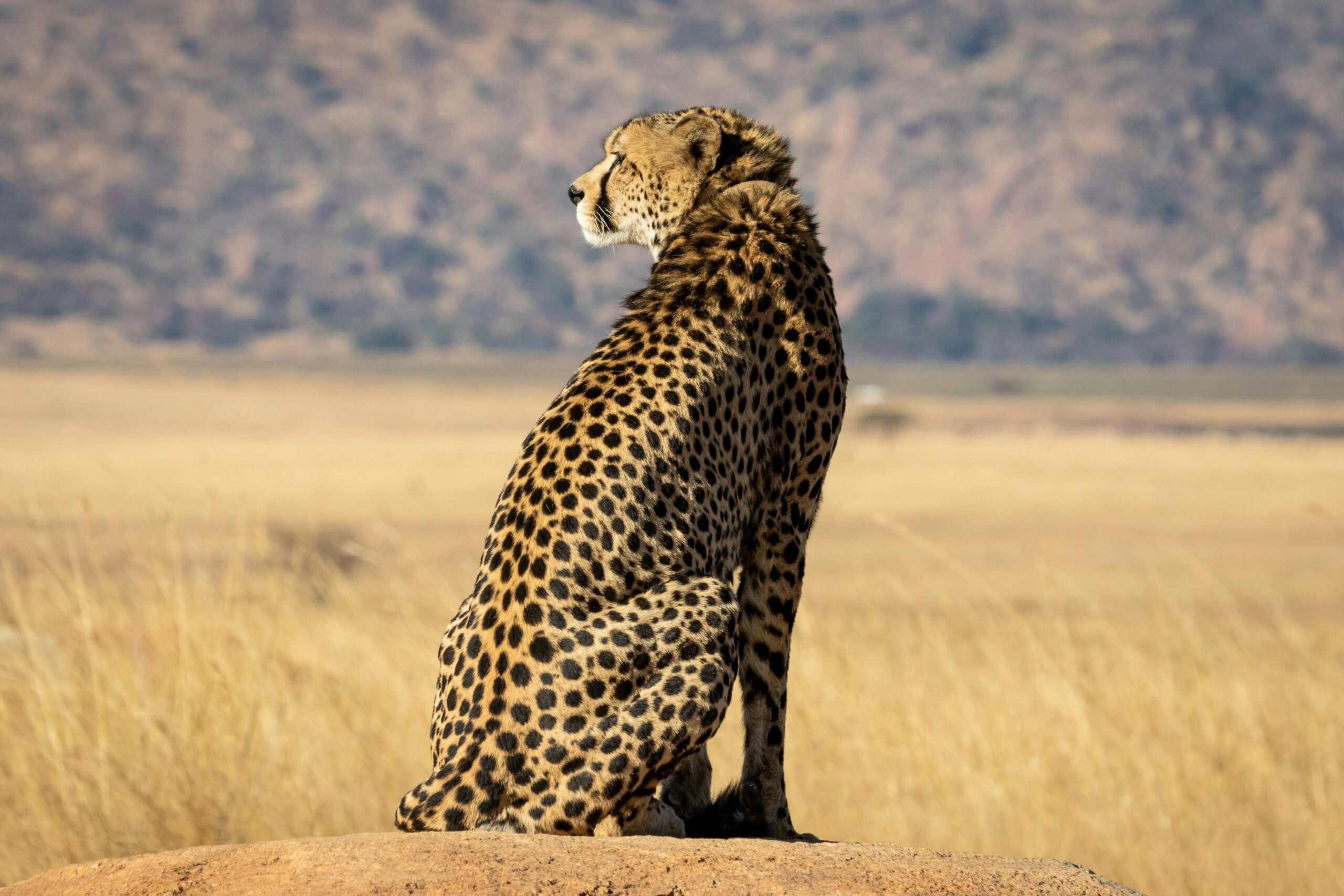Arunachal Frontier Highway Project Cuts Through Tiger Heartland
310 ha of core Namdapha Tiger Reserve diverted for Arunachal Frontier Highway Project. 1.55 lakh trees face felling; wildlife crossings to be studied—big ecological warning.
What’s the story
Core forest lands diverted for highway
On June 26, the National Board for Wildlife’s Standing Committee in Delhi approved diverting 310 hectares of core forest from Namdapha Tiger Reserve, Changlang (Arunachal Pradesh), for the Arunachal Frontier Highway (NH‑913). This highway link, set near the India‑Myanmar border, aims to upgrade a 3.5 m road into an intermediate‑lane corridor. While the state says this enhances safety and border connectivity, conservationists see red flags over major habitat disruption. The decision highlights a development vs. ecological balance challenge in this biodiversity hotspot—one of India’s largest reserves home to 1,400 animal species and rare tropical rainforest. It’s a flashpoint showing how even protected core zones aren’t fully safe from infrastructure isn’t pressures.
Tree impact
Massive tree felling will shock forests
This highway project will necessitate cutting down around 155,000 trees, including mature trunks and undergrowth across the 310 ha area. That’s roughly equivalent to removing forest behind over 200 football fields. Arunachal’s dense tropical woodlands store critical carbon and water and serve wildlife. Locals worry about soil erosion, landslides, and disruption to forest canopy. The state defends the felling as “moderate,” but experts call the scale excessive for a 3.5 m to intermediate‑lane expansion. For Indian readers, imagine clear-cutting your local park and losing thousands of trees—you’d feel that loss, and so will Namdapha’s creatures.
Mitigation doubts
Wildlife crossings may not work
Approved mitigation includes underpasses and culverts, but conservationists say these are “rudimentary” standard designs, not tailored for key wildlife like tigers or elephants. Members flagged that these structures lack studies on where animals actually cross. The committee emphasized a research‑based passage plan, specifying precise design standards to match local habitat needs. If animals avoid or can’t use these underpasses, roadkill and barrier effects may spike. Given Namdapha’s biodiversity, a one-size-fits-all approach could backfire badly—tigers need more than just tunnels; they need smart placement.
🔎 Quick Fact Box
- Forest diverted: 310 ha from Namdapha core
- Trees to be felled: ~155,000
- Road width: from 3.5 m to intermediate lane
- Location: Changlang district, Arunachal Pradesh
- Biodiversity: 1,400+ animal species present
Strategic importance
Highway meets border and defense goals
The NH‑913 corridor stretches from Kharsang to Vijaynagar, pressing right along the India‑Myanmar frontier. Its greenfield/brownfield mix covers 1,748 km, enhancing connectivity and defense reach. As national security aims push infrastructure into remote zones, biodiversity costs slip into the shadows. For Indian readers, it’s like building a superhighway through protected land for national interest—but we need to ask if the price to wildlife is too steep without smarter design.
Role of WII
Wildlife Institute steps into planning
The clearance was conditional: the Wildlife Institute of India (WII) must submit a site‑specific animal passage plan in three months. This involves mapping animal movement, setting passage heights and designing crossings that truly work. Indian Express notes this demand follows expert pushback for more locally adapted solutions . With the plan due by October 2025, it will determine how much the highway can coexist with Namdapha’s wildlife. The world will be watching if India crafts crossings that actually help—or just tick a box.
Eco‑sensitive context
Project cuts through a top biodiversity zone
Namdapha Park covers nearly 1,985 km² as the fourth largest national park in India. In 2024, it was officially made an eco‑sensitive zone, home to tigers, snow leopards, leopards, red pandas, and flying squirrels. The highway cuts through its core area—typically off‑limits to development. This isn’t like widening a rural road—it’s highway slicing through global‑significant rainforest. The project raises serious questions over whether eco‑sensitive zone protections are strong enough when national interests push hard.
Stakeholder concerns
Local voices raise alarms
NGOs and wildlife experts from Assam, Arunachal, and conservation groups have sounded warnings over this highway. They warn of habitat loss, fragmentation, and impact on tribal communities relying on forest resources. With tribal Mishmi and Digaro Mishmi communities nearby, impacts go beyond ecology—they touch cultural lives too. Locals fear changing forests mean fewer medicinal plants and animals. For readers in India: it’s like losing a piece of cultural identity along with wildlife, and we risk repeating mistakes seen elsewhere in fragile northeast zones.
Comparative approvals
Other highway clearances raise questions
At the same NBWL meeting, similar highway clearances were granted for Andhra Pradesh—a four-lane corridor through two eco‑sensitive zones and a tiger corridor. Meanwhile, 32 defence projects across Ladakh, Sikkim, and Arunachal got approvals too. That pattern suggests a national trend: protected areas are increasingly opened for roads under strategic needs. It highlights a key tension: development often overrides ecological protections if mitigation measures remain light-touch.
Urgency signal
Timeline demands smart action now
The project began review in June 2025 and WII has three months to finalize passage designs. Construction likely to start late 2025. With the monsoons threatening forest stability, action delays risk erosion and tree fall even before roads appear. Indian eco‑law allows conditional clearance—but here every season counts. For Indian readers, think of it as a race: the project is fast‑tracked for defense, so wildlife safeguards must be equally fast and thorough.
Global stakes
Wildlife echoes beyond India
Namdapha’s core hosts critically endangered species, like the Namdapha flying squirrel and snow leopard. If mitigation fails, loss of wildlife isn’t just local—it undermines climate resilience and global biodiversity goals (eg India’s Rio commitments). As India balances Act East and green goals, the world is watching whether mitigation means real species protection or just lip service. Here, our efforts matter globally, not just in remote forests.
Final call
Protect wildlife like national security
The Arunachal Frontier Highway is vital for defense, but it must not be built at the cost of Namdapha’s rich biodiversity. Designing wildlife crossings right, planting trees, involving tribal communities, and careful construction can help. As WII finalizes its plan, India has a chance to show how strategic projects and forests can coexist. “If we lose these habitats, we lose more than trees—we lose heritage,” said one local conservationist. It’s time to demand smart roads—not sacrifice—so Namdapha’s wildlife thrives alongside progress.
Also Read – Can India’s Cheetah Corridor Save a Species Lost Since 1952?
Share this content:














Post Comment